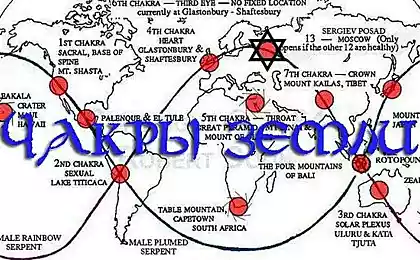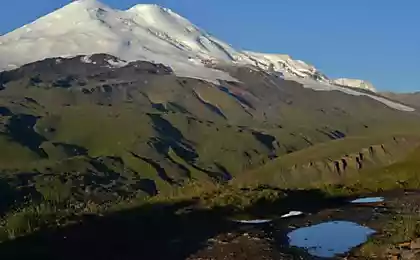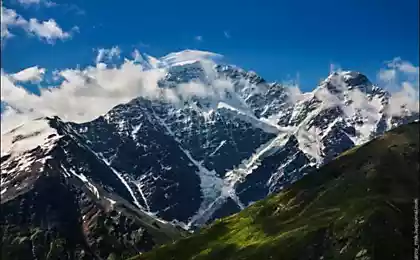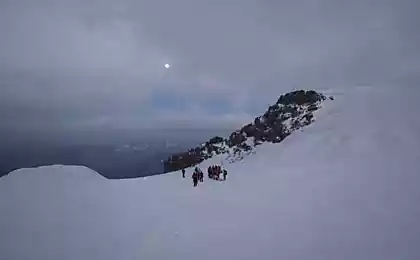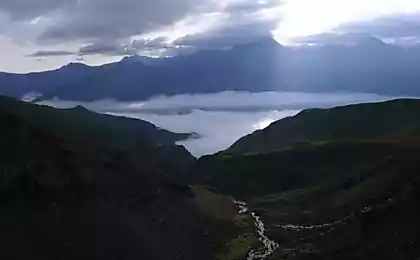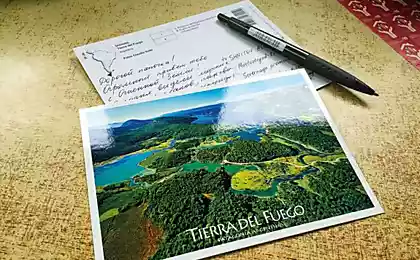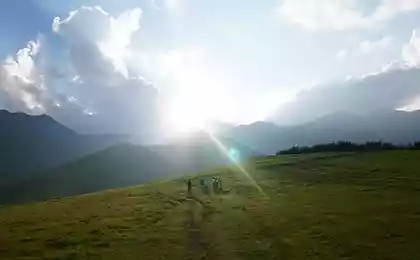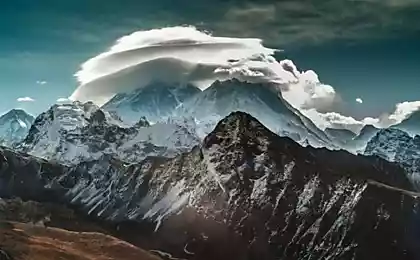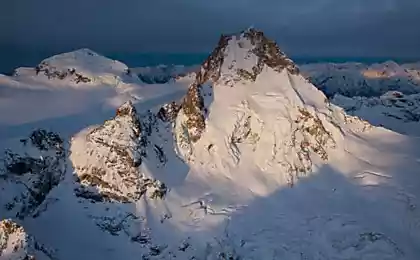558
Fitzroy mountain Patagonia
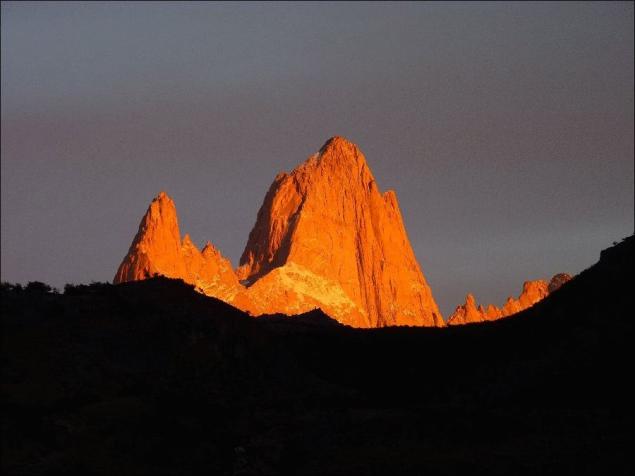
Fitzroy (Cerro Fitzroy, Cerro Chaltel, Chaltén, and Monte Fitz Roy) is a mountain located in Patagonia in the border region between Argentina and Chile. Fitzroy peak has a height of 3375 meters.
The top of the first saw Fitzroy Francisco Moreno March 2, 1877, during his travels through Patagonia. He named the peak in honor of captain Robert Fitzroy (Fitzroy, Robert), commander of the British brig HMS Beagle, which made a great contribution to the exploration of the sea-coast of Patagonia, in particular on Board was the naturalist Charles Darwin, whose writings have made this vehicle one of the most famous in history. The local name of the peak Chaltén.
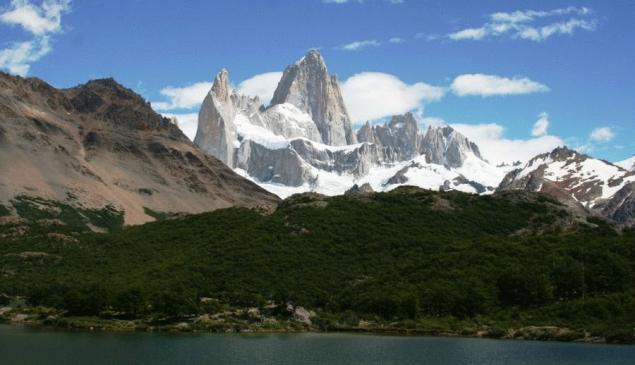

Near the top is located the peaks of Fitzroy, Cerro Poincenot, Raphael, and Saint Exupery. Nearby is another world-famous group of mountains — the group of Cerro Torre.
The nearest settlement is the small village of El Chalten, in which there is a bus from the tourist centre of El Calafate.
For climbing on Fitz Roy and surrounding peaks required to obtain the permit, but it is free. You can get it in El Calcine. However, you have to pay a small fee for entrance to the national Park.

The first ascent of Fitz Roy was committed February 2, 1952 members of the French expedition Lionel Terrain and Guido Mangone. This paved the route for the South-East ridge.
The Fitzroy district is popular among tourists. There are multi-day trekking routes, and circular routes from El Chalten. The most popular purpose of these walks is the lake Laguna de Los Tres, Laguna Torre and technically simple ascent to the nearby peak Cerro Electrico.
To El Chalten can be reached by bus from El Calafate. The crossing takes about 4 hours, but in bad weather the journey time could double. After the rains the road becomes quite marshy and turns into a serious obstacle.
The most appropriate time for climbing Fitzroy is summer in the southern hemisphere, from December to February.
The success of the climb largely depends on the changeable weather of Patagonia. Sometimes climbers are forced to wait weeks for a period of good weather. Adverse factors include strong winds, high probability of precipitation in the form of rain or snow, and in clear weather, from strong solar radiation.

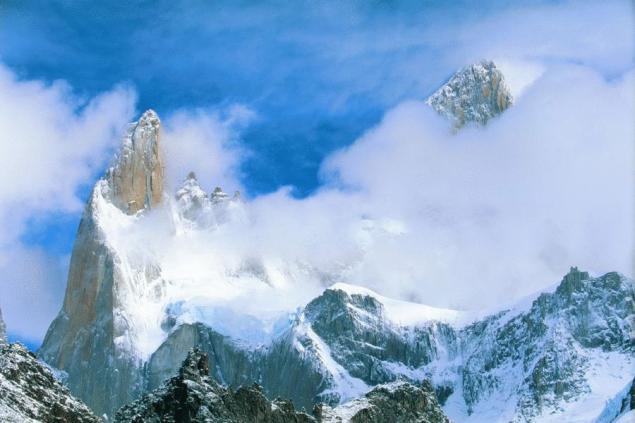
Source: /users/104

